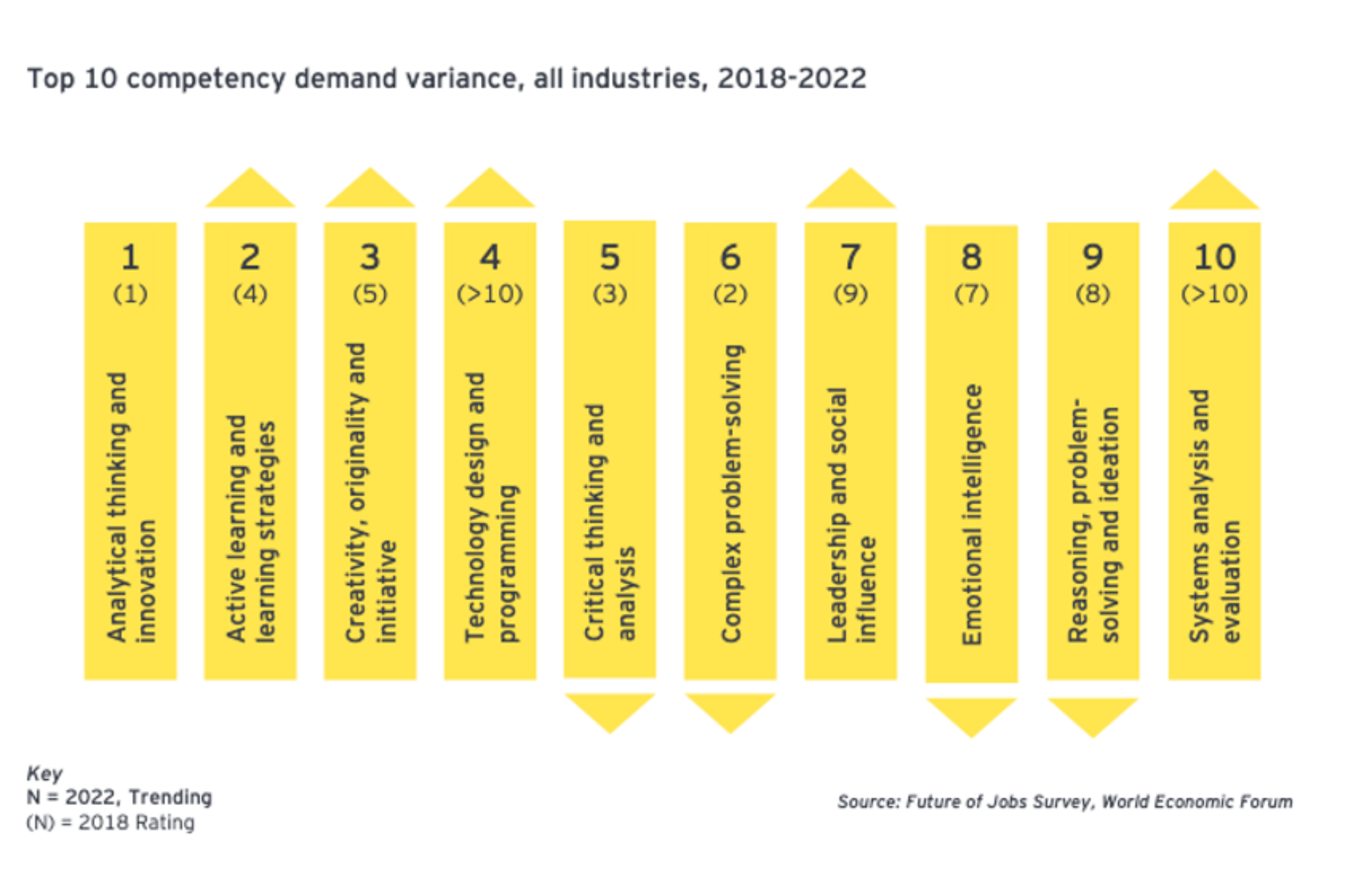
Neuro-inclusion: It takes all kinds of minds
Written by Amy Morgan, March 2023
The value of different thinking for organisations is well known. Neurodiversity and the skills it brings, like creative thinking, complex problem solving, and braver leadership, are in high demand. These abilities help to illuminate ideas and opportunities teams might otherwise have missed.
An example that stood out to us was the recruitment campaign by GCHQ last year to attract neurodiverse women, particularly those with ADHD.
Jo Cavan – GCHQ’s director of strategy, policy, and engagement – said: “Neurodiversity is key to keeping Britain safe…having a diverse team and a mix of minds better equips us to carry out our mission and tackle new and emerging threats posed by terrorists, criminals and hostile states.”
Putting aside, for now, whether people should be hired on identity grounds – this campaign grabbed national headlines. In doing so, it raised awareness about the positive impact that diverse teams can bring.
We are now seeing, in real-time, how the constant change of our world has outpaced the skills of the traditional workforce. The GCHQ example demonstrates perfectly that diverse teams are better equipped to keep up with a world-changing fast. And so the very skills that shine so brightly in neurodiverse people are trending.

Today, creative problem-solving and social-type capabilities are in demand across all sectors. Add to that the chance for AI like ChatGPT to provide exciting enrichments for these much sought-after skills, and we think what starts to emerge is exciting for all of us.
All take and no give?
And yet, with the benefits to businesses so widely reported, much of the neurodivergent community still finds themselves excluded. The Office for National Statistics found last year that in the UK, only 22% of autistic people were at work. In the United States, it is estimated that 85% of people on the autism spectrum are unemployed, compared to 4.2% of the overall population (Source: Deloitte survey 2022).
When you listen to the conversations within grassroots neurodiverse communities, you quickly learn of the many work environment challenges. For example, being measured and benchmarked against the most challenging skills. Perhaps unsurprising then to learn that just 10% of HR professionals said that consideration of neurodiversity is included in their people management practices (source: poll by CIPD).
It appears that – if empowered properly – the value employers stand to ‘get’ from their neurodivergent employees far outweighs what they currently ‘give’ in return. The balance appears to be out.
Inclusion takes hard work and all kinds of minds
Making sure the ‘give’ and the ‘get’ is balanced needs system change and hard work – and will be unique to every organization. One size does not fit all. However, there is consensus on the following five steps that can start to offer some helpful direction:
- Develop an inclusive culture: Businesses that create a culture where people are no longer expected to ‘fit in’ but ‘stand out’ and focus on strengths are among those getting the balance right. Starting by checking where their culture is today to then understand the work needed to create an inclusive culture of belonging that attracts – and retains – the most talented and diverse teams.
- Take practical Action: From there, practical action can be taken. Activating an inclusive candidate and employee journey means adapting the hiring process, designing more conducive work environments and ways of working, and providing tailored career journeys.
- Education, education: Alongside culture change and activation is education. Making sure everyone embraces diversity to create a safe environment of belonging and acceptance. This includes using inclusive language and clear policies around disclosure. Remember that neurodiversity is often hidden and can come with trauma –masking is extremely common, developed as a pressure to conform.
- Lead by example: Leadership leading by example and being open about their neurodivergence goes a long way. If leaders self-identify as neurodivergent, others would feel comfortable coming forward too – John Chambers, Cisco’s former CEO, says, “25% of CEOs are dyslexic, but many don’t want to talk about it.”
- Inclusive inclusion: It might sound obvious, but always involve and consult a diverse team in assessing and developing any strategy or process change. Remember that within any form of neurodiversity, there is no single type; people exhibit characteristics across a spectrum.
Creating a fair and inclusive system will certainly take all kinds of minds, time, and resources to get right. But the evidence is clear – it is a sound investment — creating a diverse workforce has big rewards for organisations and individuals.
At People Made, we advise businesses at all stages of growth to help define their culture, values and purpose.
Get in touch: [email protected]